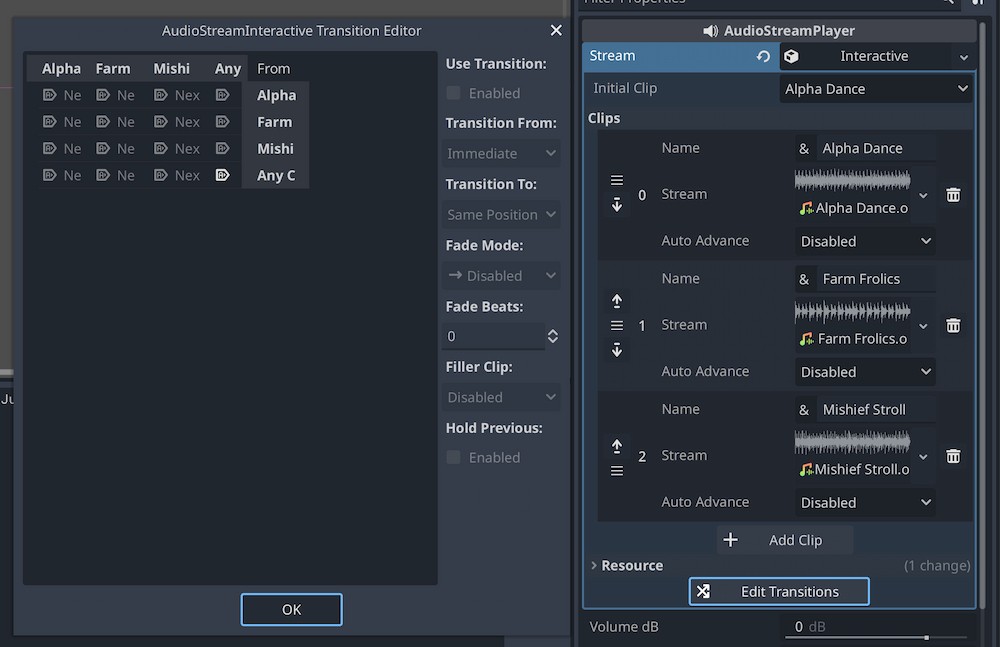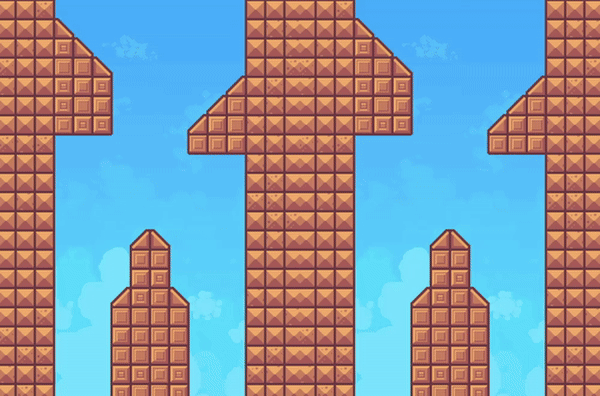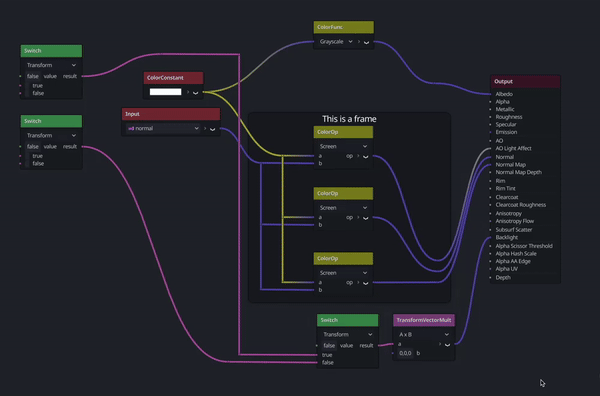Godot 4.3 released with over 3,500 commits, including 2D physics interpolation, Direct3D 12 support, and revamped shader editor
The new version of the open-source engine Godot has been released. Let’s take a look at some of the hundreds of changes and key features.

Image credit: Godot
Godot 4.3 comes with over 3,500 commits from 521 contributors, according to the official announcement. For comparison, version 4.2 had 1,876 commits.
“This release turned out to be a massive one, exceeding our original plans for the development cycle, but for good reasons to address many critical issues that users identified since the 4.0 release,” Godot project manager Rémi Verschelde said. “The user experience should be much stabler and more polished than in previous releases, with less obscure and game or workflow-breaking bugs.”
Some of the key changes and improvements can be seen below.
- New interactive music resources — three types of audio streams allow devs to create layered music and transitions between them, similar to software such as WWise, FMOD, and Elias. The dynamic system built with these nodes can also adapt to the context of a game.

- 2D physics interpolation creates additional frames between the last and current physics positions to separate physics ticks from frame rates. According to Godot, this makes a game look better on displays with a high refresh rate and smoothens overall experiences (especially for mobile titles). The team is now also working on 3D physics interpolation.

- Visual shader editor has been completely overhauled to improve the handling of large, complex shader graphs. Devs can now use different colors for nodes based on their category, not to mention the addition of two new node types, reroute (improves port drawing) and frame (for bundling related nodes visually).

- Single-threaded Web export returns, ensuring better browsing compatibility and making it easier to upload games to the Web platform. This feature hasn’t been available since the launch of Godot 4.0.
- Direct3D 12 support was added to improve compatibility with Microsoft platforms. Prior to this, devs had to build a custom version of Godot to use this rendering driver.
The Godot Team also improved the multi-threading performance, as well as added a new skeleton animation node, a parallax node for 2D backgrounds, and a native ufbx importer. The full list of changes can be found in the release notes.